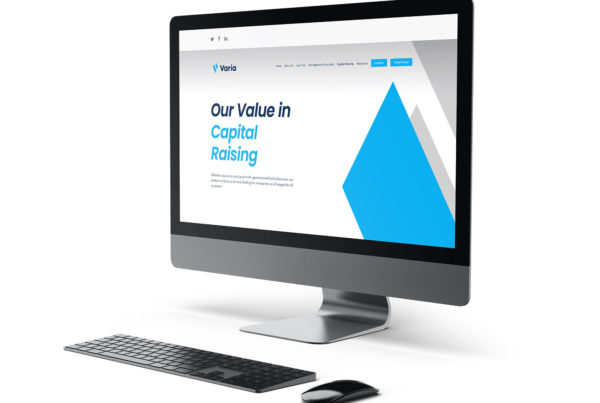As of 2019, the United States population could be broken down into seven distinct generational groupings: The Greatest Generation (Pre-1928); The Silent Generation (1928-1945); Baby Boomers (1946-1964); Gen X (1965-1980); Millennials (1981-1996); Gen Z (1997-2012); and Generation Alpha (2012-Present).
While every individual is communicated with in some way, shape, or form when it comes to marketing—Baby Boomers, Gen Xers, and Millennials control the most purchasing power, and therefore receive the greatest attention when it comes to advertising. But knowing who is most likely to purchase your product or offering, and who actually buys your product or offering, comes down to proper communication.
- Know your audience, and speak their language.
With uber-detailed targeting opportunities available through every major ad platform, the hard part of developing a successful campaign isn’t finding your target market, it’s speaking their language. For example, the words “pop” and “soda” have the same definition, but are used interchangeably by different regions of our country. Before you invest dollars and resources into approaching prospective consumers that you’re unfamiliar with, execute demographic research to ensure that what you’re saying—and, more importantly—how you’re saying it, is appropriate and expected.
- Make sure your tactics are appropriate.
If you’re not working with an agency that has access to paid-for research companies like Nielsen or Ipsos, spend an afternoon researching media consumption habits of your target audiences via Google. Sites like J.P. Morgan and Deloitte often release free and accessible data that will help you make informed decisions when it comes to the proper way to communicate with your consumer base. Once known, you’d better be able to justify where you are, and aren’t, spending your budget.
- Leverage available data.
Take advantage of any and all data you currently have at your disposal—and sometimes the most nearby information is the most beneficial. For example, when was the last time you looked at your Facebook Audience Panel to better-understand who’s engaging with your content? Have you had your existing consumer base fill-out a form to provide you with both qualitative and quantitative data about your offerings? While things like this may take time to put together, purge, and understand, it’s a cost effective way to understand your foundational audience, and determine what’s needed to grow.
- Install Analytics and monitor demographics.
The best time to plant a tree was 20 years ago. The second best time is now. The same goes for installing any form of analytics tracking onto your website. The list of reliable tools could go on for pages, but our firm recommendations include: Google Analytics for general usage and conversion data, Google Search Console to better understand organic queries around your company, and Hotjar for heat mapping to see what parts of your page drive the most action. With these tools installed (plus or minus pixels from other sources such as Facebook and LinkedIn) you can determine what is working with your materials, and more importantly, what isn’t working. And if you’re looking for a system to display your data quickly, look no further than Google Data Studio, a quick and easy tool that is extremely helpful when attempting to distill needed information (that’s most important and illustrative of your successes and areas of improvement) to people unfamiliar with the platforms.
- Talk with, not at.
Always remember that you’re talking with living and breathing humans that have lives, feelings, and emotions. While your ad may appear in their newsfeed or on a billboard near their house, your message must resonate with them if an action is to take place. Open a dialogue—don’t start a lecture. Doing so provides a foundation to communicate benefits and advantages in a manner that feels familial, and not obtrusive. Always ask yourself one question: What would make me act on this?





